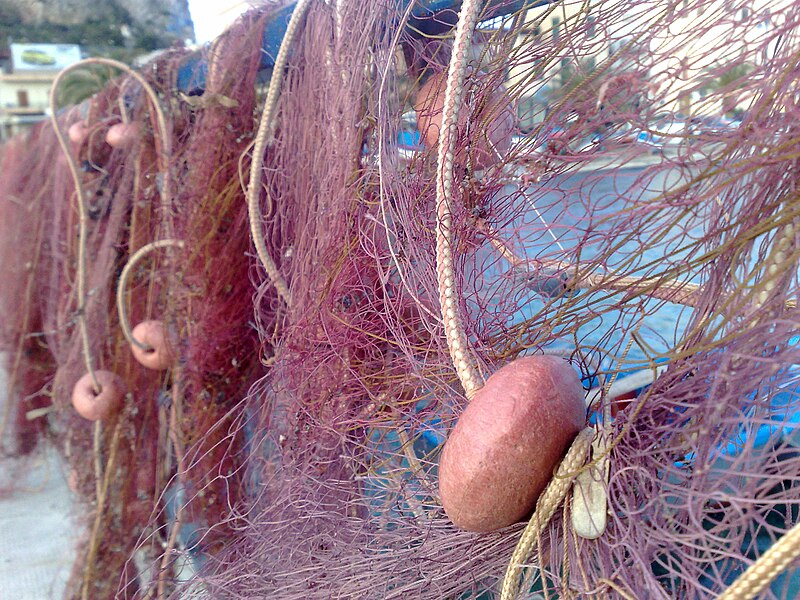What is 15 meters long, has no teeth, and weighs as much as ten elephants? If you guessed the North Atlantic right whale, you are correct!
These magnificent whales can be found swimming the waters between Newfoundland and Georgia. However, due to extensive hunting in past decades, the North Atlantic right whale is one of the most endangered whale species in the world, and their populations are struggling to recover.
Listen below for a peek into the whaling industry, before whale protection in 1935.
Audio clip: Adobe Flash Player (version 9 or above) is required to play this audio clip. Download the latest version here. You also need to have JavaScript enabled in your browser.
Researchers at the University of British Columbia have recently developed a new way to model the growth of this species. This model is fundamental to understanding the nutritional needs of the North Atlantic right whale, and also enables veterinarians to apply more effective dosages of tranquilizers or antibiotics to injured and entangled whales.
Particularly, the findings of this research demonstrate that North Atlantic right whales have unique growth patterns, unlike any other whale species! As researcher Sarah Fortune explained, calves grew the fastest during their first year of life, gaining as much as 18 kg per day. This would be similar to a baby growing to 4 feet by the age of one, an incredibly fast growth rate!
How are young whales able to acquire enough food to sustain this growth? This responsibility falls on the mothers, and lactating females require massive amounts of energy to support their growing offspring. Researchers believe that the malnutrition of these females may have negative impacts on their ability to reproduce, and could be what is preventing population recovery. By understanding their unique growth patterns, Sarah and her team are hopeful that experts can better understand which areas should be protected, to ensure mothers attain sufficient nutrients to support their offspring.

Above, Sarah Fortune gives insight into the methods, findings, and significance of her research.
Aside from nutritional stress, these whales are also suffering from ship strikes and fishing gear entanglement. Fortunately, there has been increasing awareness for their safety. For example, boats have been reducing their speeds so that collisions are not fatal for whales, and fishing lines have been re-designed to lie along the seafloor, reducing the chance of entanglement.
However, you may be wondering – what exactly can I do to help? Sarah stresses that everybody can play an active role in the recovery of these whales. As she explains, “The best thing we can do is to purchase seafood that has been collected by whale safe fishing gear.” By supporting responsible fishing initiatives in our consumer choices, the general public can help protect the future of these breathtaking animals. So, next time you are purchasing your seafood, look for the green “whale-safe” bands – the whales will thank you!
– Candy Fu, Tabish Khan, and Sydney Schnell



Pingback: Duty to communicate? | Hayley Dunning